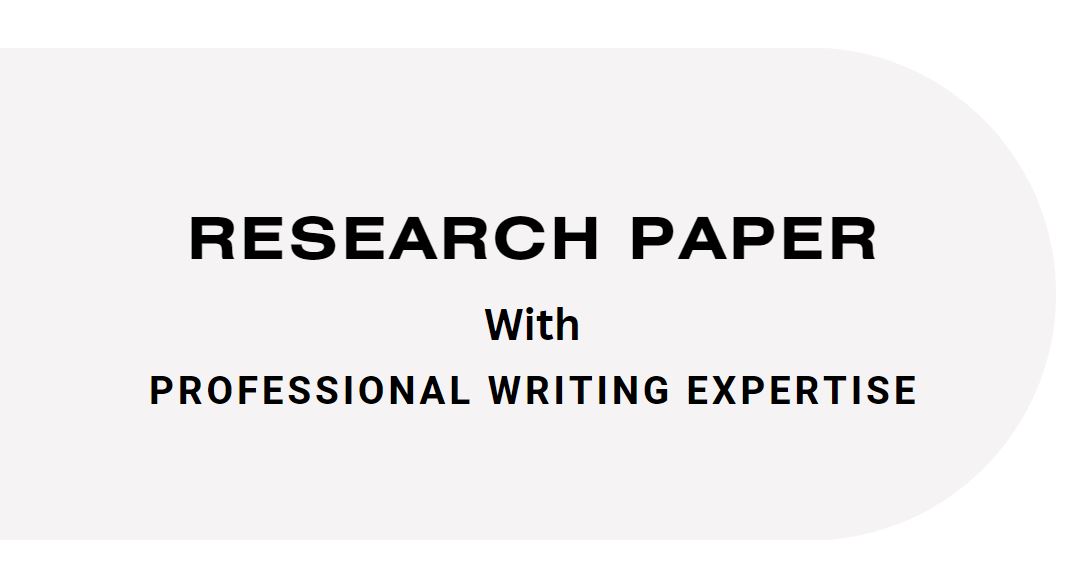How to Write a Great Research Paper

Research papers can be intimidating, but with the right approach, you can tackle them effectively. If writing isn’t your favorite activity, don’t worry—this guide will simplify the process into manageable steps.
1. Choose a Topic
Selecting a research paper topics that interest you is crucial. You’ll spend a lot of time working on it, so pick something you find engaging or at least tolerable. For instance, if your assignment is about “mental health in high schools,” narrow it down with specific angles like:
- Timeframe: What are the recent mental health issues faced by high school students?
- Location: How do mental health concerns vary by region?
- Culture or Group: How do mental health issues differ between urban and suburban students?
- Solution: What specific changes could improve student well-being in schools?
Choosing a topic that is neither too broad nor too narrow will make your research easier. If you’re unsure about your topic, consult your professor or do some preliminary research to refine your idea.
2. Develop a Clear Thesis Statement
Your thesis statement is the central argument or analysis of your paper. It should clearly state what your paper will discuss or prove. Research papers typically fall into three categories:
- Analytical: Analyzes information (e.g., the effects of stress on students).
- Expository: Explains a topic (e.g., the rise of Julius Caesar).
- Argumentative: Makes a case for a specific viewpoint (e.g., why schools should reduce homework).
A strong thesis should be specific, debatable, and supported by evidence. For example, instead of a vague statement like “Homework affects students,” use a more precise thesis: “Reducing homework improves students’ sleep, decreases stress, and enhances academic performance.”
3. Conduct Thorough Research
Once you have a clear thesis, start gathering information. Your research should go beyond a quick internet search. Use reliable sources such as:
- Google Scholar: A database of academic articles and research papers.
- Educational and Government Websites (.edu, .org, .gov): These sites often provide credible information.
- Your School Library: Check for books, academic journals, and other resources.
- Online Encyclopedias: Like Britannica, for background information.
As you research, keep a detailed record of your sources and take notes on important quotes and data. Organize these notes in a way that makes it easy to find and use them later. Be prepared to adjust your thesis if new information suggests a different perspective.
4. Create an Outline
An outline is a crucial tool for organizing your paper. It helps structure your thoughts and ensures that your paper flows logically. Here’s a basic outline structure:
- Introduction: Introduce your topic, present your thesis statement, and briefly outline your main points.
- Body Paragraphs: Each paragraph should focus on a single point that supports your thesis. Start with less critical points and build up to your strongest arguments.
- Conclusion: Summarize your main points and restate your thesis in light of the evidence presented.
Your outline should also include notes on where you plan to use specific quotes and sources. This will make it easier to integrate your research into the paper. Read this blog to get more information about creating a research paper outline.
5. Write the First Draft
With your outline ready, begin writing your first draft. Focus on getting your ideas down without worrying too much about perfect grammar or style. Highlight or mark your quotes and sources as you include them to ensure you remember to cite them properly later.
6. Revise and Edit
After completing your draft, revise it to improve clarity and coherence. Start with a developmental edit, focusing on:
- Organization: Ensure your paper has a logical flow from one paragraph to the next.
- Thesis Support: Check if your thesis is well-supported by the evidence and arguments presented.
- Citations: Verify that all sources are cited correctly and that you haven’t missed any.
Next, perform a line edit to correct grammatical, spelling, and punctuation errors. Reading your paper out loud or having someone else review it can help catch mistakes you might overlook. Tools like Grammarly can assist with this process by checking for grammar issues and improving sentence structure.
7. Format Your Sources
The final step is to create a “works cited” or bibliography page. This page lists all the sources you used in your paper. The format will depend on the citation style required by your professor, such as APA, MLA, or Chicago. Ensure that each source is correctly formatted according to these guidelines.
Tools like MyEssayWriter.ai can help format your citations correctly, while Microsoft Word also offers citation features. Double-check to ensure every source is included and formatted properly to avoid any issues with plagiarism.
Final Tips
Writing a research paper may seem daunting, but breaking it down into steps can make the process more manageable. If you find yourself overwhelmed, you might consider options like seeking professional help when you need to “write my paper for me.” Here are a few additional tips:
Stay Organized: Keep all your research and notes well-organized to streamline the writing process.
Give Yourself Time: Start early to avoid last-minute stress. Break the task into smaller parts and tackle them one at a time.
Seek Help: If you’re struggling, don’t hesitate to ask your professor, a librarian, or a writing center for assistance.
By following these steps, you can tackle your research paper with confidence and turn a potentially stressful task into a manageable one. Good luck!



